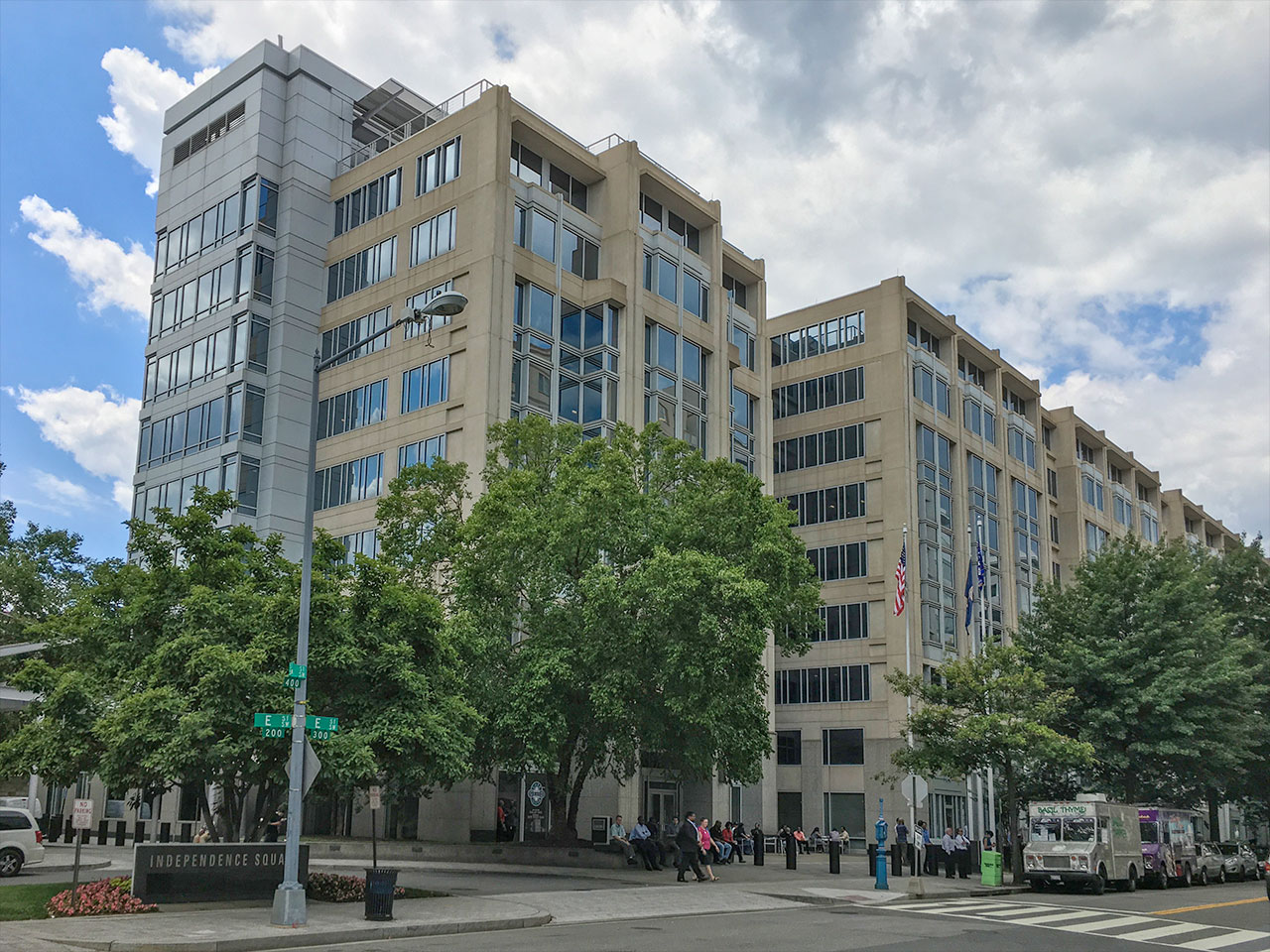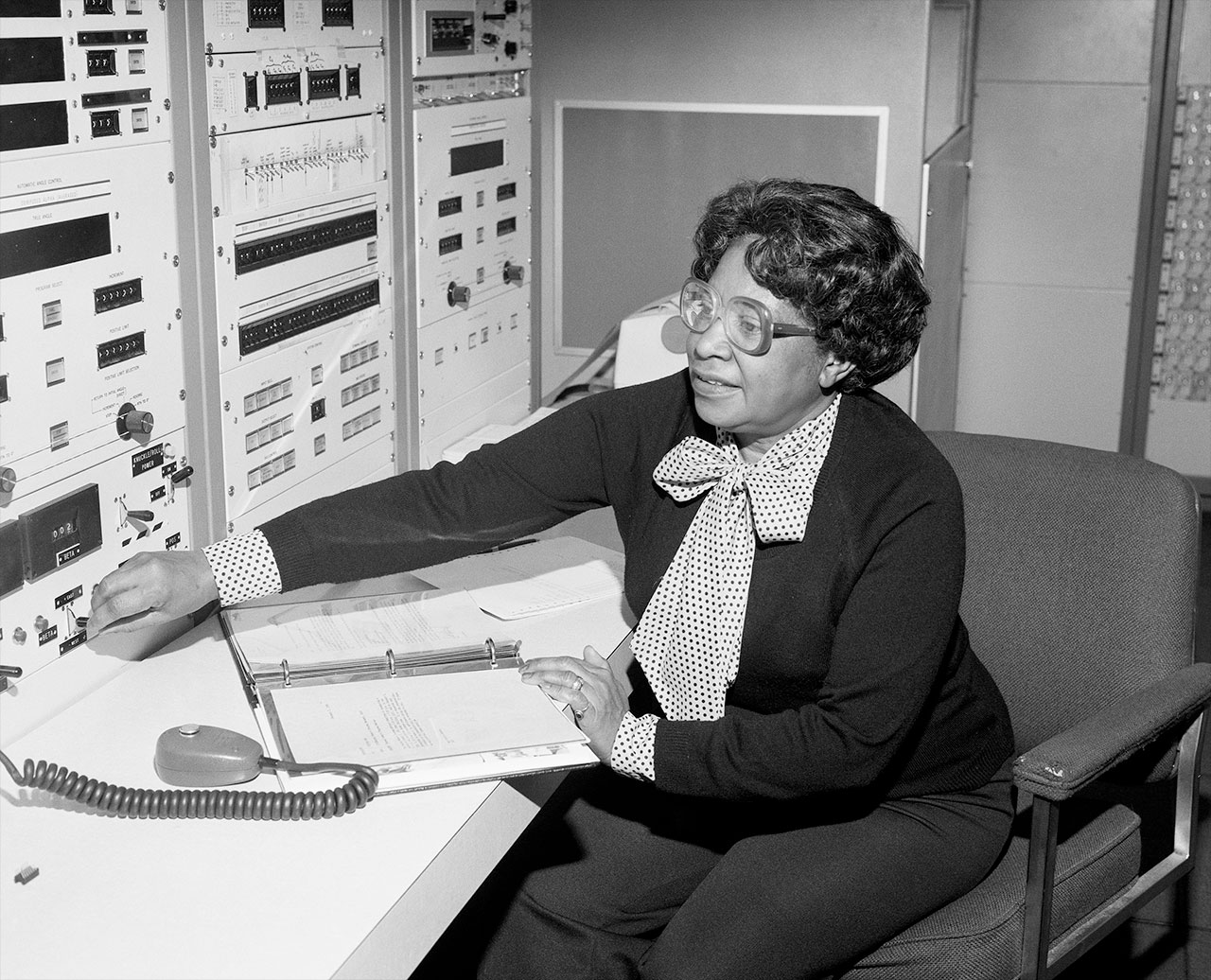NASA hosts ceremony renaming headquarters building for 'Hidden Figure' Mary Jackson
NASA commemorated Mary Jackson, one of the agency's "Hidden Figures," today (Feb. 26) during a ceremony renaming the agency's headquarters after her.
During the ceremony, agency leaders acknowledged the historical barriers that African-Americans and Blacks have faced at NASA and elsewhere, as well as the systemic inequalities that persist today for BIPOC (Black, Indigenous and people of color) communities.
Jackson joined the National Advisory Committee for Aeronautics (NACA), the predecessor of NASA, during the height of segregation in the U.S. She became NASA's first Black engineer in 1958. She was unable to advance far in her career and instead used her energies to mentor other Black women to help them go even further than her, several NASA officials said.
Related: Why 'Hidden Figures' is a movie everyone should watch

Her death in 2005 preceded the new interest in NASA's Black history spurred by the movie and book "Hidden Figures," released in 2016, which finally brought a group of Black women who helped fuel NASA's early history into the spotlight. The renaming of The Mary W. Jackson NASA Headquarters building was announced in June 2020.
"There is no denying that she faced innumerable challenges in her world that would eventually help send the first Americans to space," acting administrator Steve Jurczyk said during the Feb. 26 ceremony in Washington, D.C., which was broadcast on NASA TV.
He acknowledged "heartfelt and genuine" conversations that he and other NASA officials have had with the Black community since he took the role of acting administrator in January; those conversations "have given me an appreciation for the challenges that Americans face, and what we need to do," he said/
Get the Space.com Newsletter
Breaking space news, the latest updates on rocket launches, skywatching events and more!
Jurczyk added he is committed to continuing to address barriers for NASA employees of diverse backgrounds and that "we're going to work on that for the rest of our lives."
The ceremony, held with attendees in masks due to the ongoing coronavirus pandemic, included luminaries such as fellow "Hidden Figure" Christine Darden, Jackson's grandchildren, and artist Tenbeete Solomon, also known as Trap Bob. Numerous dignitaries, largely from the Black community, gave speeches or sent their best wishes or memories of Jackson through prerecorded video.

"Her example will guide us together as we raise to new heights for the benefit of humankind," said Clayton Turner, director of NASA's Langley Research Center in Hampton, Virginia, which is roughly three hours south of the newly named NASA headquarters. Turner, who is Black, told attendees at the D.C. ceremony that Jackson "used her success to help countless others to follow in her footsteps."
Jackson graduated from Hampton Institute in Virginia in 1942 with a dual degree in math and physical sciences. After taking a job as a math teacher, she worked as a bookkeeper and served as a secretary for the Army before joining the Langley Memorial Aeronautical Laboratory (today, the Langley Research Center that Turner leads) in 1951.
Jackson was subsequently recruited by the National Advisory Committee for Aeronautics (NACA) to work as a "human computer" in the segregated West Area Computing Unit at Langley. Her pioneering work in supersonic aircraft and commercial aircraft at NACA and NASA is still being referred to today, Jurczyk said.
Jackson's granddaughter, Wanda Jackson, recalled talking to her grandmother about one of her major accomplishments: helping to design the space shuttle. The elder Jackson downplayed what she did. "She never gloated about any of her accomplishments or anything she did. It was who she was, everyday life," Wanda Jackson said.
The renaming ceremony concluded several weeks of programming at NASA to commemorate Black History Month. February also saw the launch of the S.S. Katherine Johnson, a Northrop Grumman Cygnus cargo ship, to the International Space Station. A Black NASA astronaut, Victor Glover, is currently undertaking the first long-duration flight by an African-American on the orbiting complex.
Other astronaut milestones in Black history at NASA include the first flight of an African-American astronaut, made by Guion Stewart Bluford Jr. in 1983, the first flight of an African-American female astronaut, Mae Jemison's mission in 1992, and the first spacewalk by an African-American, conducted by Bernard Anthony Harris Jr. in 1995.
Follow Elizabeth Howell on Twitter @howellspace. Follow us on Twitter @Spacedotcom and on Facebook.
Join our Space Forums to keep talking space on the latest missions, night sky and more! And if you have a news tip, correction or comment, let us know at: community@space.com.

Elizabeth Howell (she/her), Ph.D., was a staff writer in the spaceflight channel between 2022 and 2024 specializing in Canadian space news. She was contributing writer for Space.com for 10 years from 2012 to 2024. Elizabeth's reporting includes multiple exclusives with the White House, leading world coverage about a lost-and-found space tomato on the International Space Station, witnessing five human spaceflight launches on two continents, flying parabolic, working inside a spacesuit, and participating in a simulated Mars mission. Her latest book, "Why Am I Taller?" (ECW Press, 2022) is co-written with astronaut Dave Williams.









